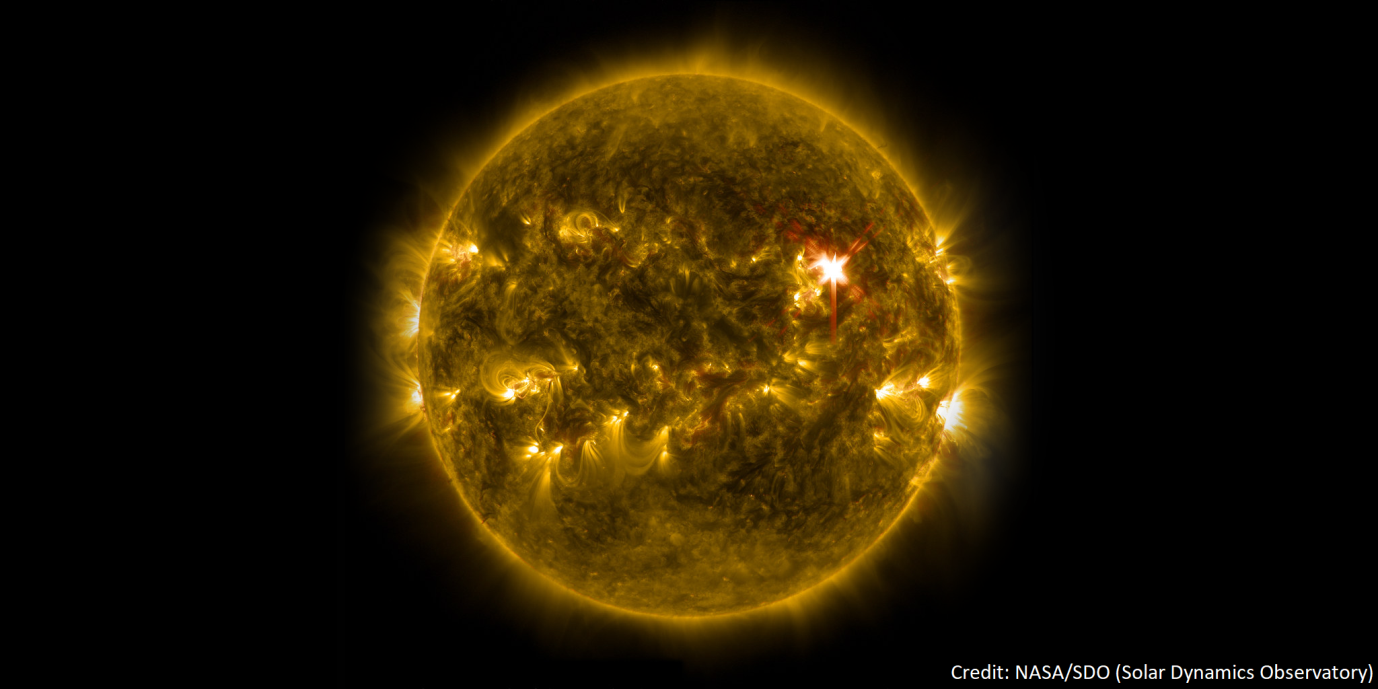
A gradual growth in solar activity is being monitored in the past months. This cyclical activity is expected to increase in the upcoming years and could have an impact on Navigation and Telecommunication Systems.
Roughly about every 11 years, the solar magnetic field experiences cyclical variations, called solar cycles, that impact activity on the surface of the Sun. Solar cycle 25 begun around December 2019, with an expected solar maximum to occur between 2023 and 2026. Forecasts consensually predict solar cycle 25 to be similar to or slightly stronger than previous solar cycle 24.

The rise in solar activity can have stunning effects on Earth, such as the colourful auroras, but radio communications could also be vulnerable at different extents. EGNOS and other GNSS systems may be affected during periods of high solar activity leading to impacts in service performance or even signal losses.
The potential effect of solar activity on our society, which relies more and more on GNSS and other technologies, might be non-negligible. As a consequence, it is essential to more accurately predict solar activity to ensure professionals and authorities could better plan mitigation actions and take informed decisions.
This information note is published to inform EGNOS and GNSS users about the increasing solar activity which may degrade PNT performance. ESSP is regularly monitoring the situation and will publish additional informative material on EGNOS user support website.

